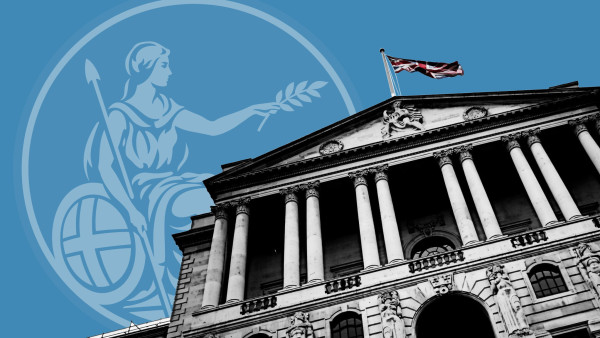

After nearly 14 years of low returns from cash, interest rates are suddenly increasing again and clients are asking how they can benefit from their cash against a backdrop of escalating central bank rates and difficult equity and bond markets.
It is worth remembering that it was only eight months ago, in December 2021, that the UK base rate was at an historically low level of 0.1 per cent after the Bank of England cut rates in response to the Covid-19 pandemic.
At that time, returns on cash deposits were virtually non-existent, and banks' appetite for new cash deposits were very limited. The economy was awash with liquidity and as recently as February 2021 depositors were placing funds out for one year at a yield of below 0.1 per cent.
As it has transpired, the UK economy recovered from Covid far more quickly than was initially predicted and by December 2021 there were early signs that inflation was starting to climb, as a wave of pent-up demand met a market short of goods and services.
The UK inflation rate, as measured by CPI, has just been announced at 10.1 per cent. In the US, a similar inflation measure is presently 9.1 per cent, while in the Eurozone it is 8.9 per cent.
Forecasts are that these inflation rates will go higher. Central banks have reacted to the inflationary spikes by reversing quantitative easing measures, and rapidly increasing interest rates to slow economies.
Demand for cash not straightforward
The changes in the inflation outlook and increases in central bank rates have in turn impacted banks' requirements for cash deposits and, as the demand for and therefore value of cash deposits have changed, the management of cash has become a focal point for investors.
Expectations of further rate increases has sharply steepened the interest rate yield curve. Whereas a year ago the yield curve was effectively flat with no premium for one-year deposits over the base rate, there is currently more than 1.50 per cent available.
Access to this sudden demand for cash deposits however is not straightforward, and depositors may not presently realise the true value of their cash.
Banks that moved away from their traditional borrowing and lending model are now having to adapt again to refocus on their borrowing requirements.
Interest rate increases have moved quickly, and some banks have not been able to attract longer dated deposits as investors have been cautious and uninspired by the rates they have been offered to tie up their money.
The end of the Libor system at the end of 2021 created a new cash yield curve based on ‘risk-free overnight rates’ (RFR’s). Term RFR’s are calculated by compounding previous overnight RFR’s.
Some banks are currently using the lower RFR curve as a proxy for Libors when pricing the value of term deposits.
Instant access
The value of cash deposits to banks rises the longer they can retain the funds. Instant access products that one may leave at a moment’s notice are often priced substantially lower than notice products or term deposits.
With the steepness of the yield curve at present, depositors should be reassessing the yield they are giving up by retaining funds on instant access. It is therefore an appropriate time for holders of cash to reassess available yields on rainy day cash, and to minimise the ‘in case I need it’ element of their holdings as much as possible.
The cash landscape has changed quickly and maximising returns in the current rate environment should be a priority for all depositors.
How to do it varies as to whether you are an individual or a business. The key in all situations is to have multiple banking relationships. When rates rise banks seek to increase their net interest margins by paying less for existing and new deposits than they charge for their loans.
However, with the liquidity from central banks drying up depositors are becoming important again.
Understanding the value of your cash and accessing the best rates is not an easy task, especially as an individual. Moving your cash to a wealth manager who has multiple relationships and can access attractive rates on your behalf is one way.
The next question is when will interest rates peak and what should you do with your cash at that time. Something for next time.
Jerry O’Keeffe is managing director of JCAP



